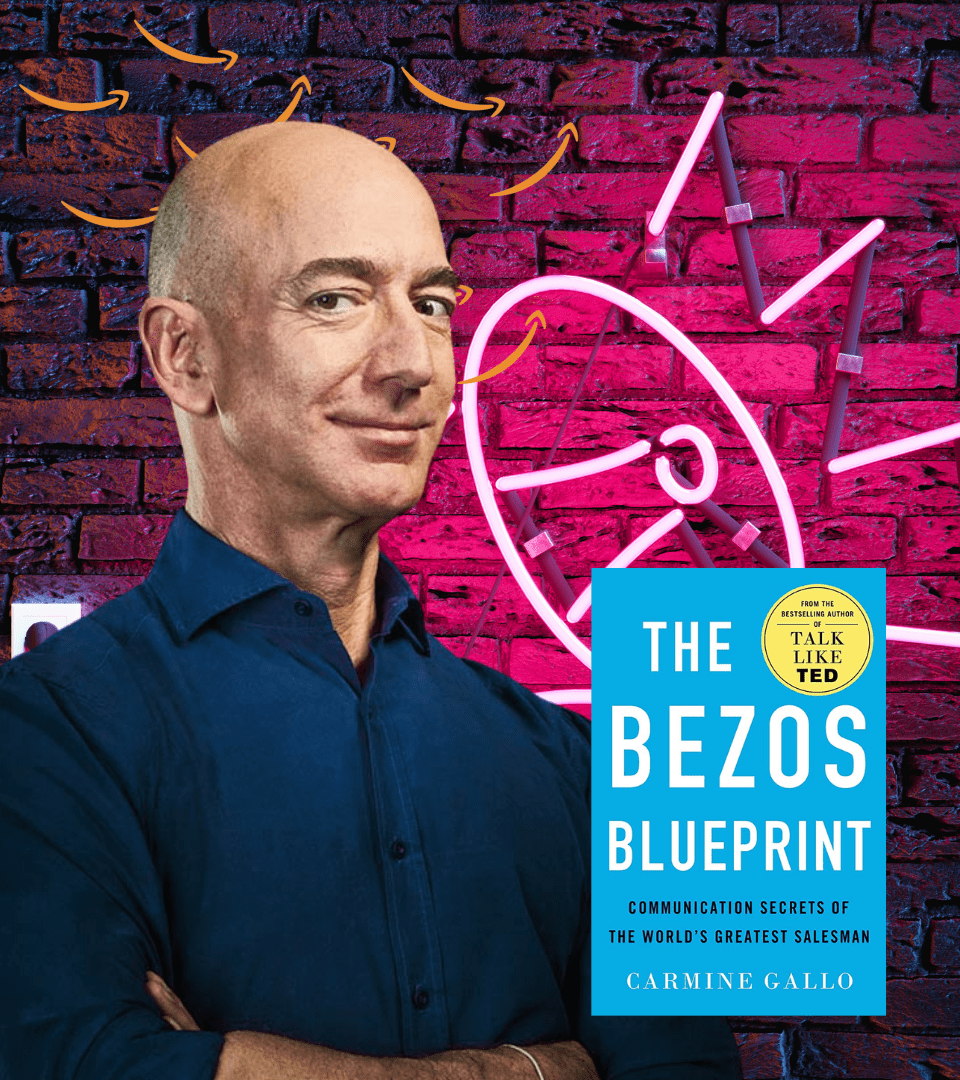On March 1st, the devastating collapse of Silicon Valley Bank (SVB) was not even in the worst nightmares of its executives. In fact, on that day in London, during the ‘Upfront Summit’ event, the institution was nominated as “Bank of the Year” during a prestigious gala dinner, with countless toasts and plenty of champagne. Eight days later, Silicon Valley Bank made headlines by becoming the largest bank failure in the United States since 2008.
Over the weekend of March 10th, authorities worked frantically to prevent other institutions from being infected. They also wanted enough time to design a damage control strategy and halt the free fall with a massive stampede of clients, known as a “bank run.” However, the latter clearly did not work. The lines outside SVB’s branch in the Mecca of technology were endless. In that tense atmosphere, President Joe Biden, along with Treasury Secretary Janet Yellen, attempted to calm the waters by assuring that deposits would be guaranteed and that customers would be able to withdraw their money from their accounts.
The SVB collapsed primarily due to running out of available funds. In a world marked by a fierce war in Ukraine, combined with the high cost of energy and rampant inflation affecting several global economies, including the United States itself, measures were taken to combat inflation, which had surpassed 6% in the country. The Federal Reserve began raising interest rates, making bank loans much more expensive. As a result, the majority of SVB’s clients, who come from the technology sector, decided not to incur debt, while large investors closed the funding tap for startups. This had a significant impact on the bank’s client base, gradually depleting its cash reserves.
During this time, the institution tactlessly announced that it needed to cover losses of $2.25 billion, and it attempted to obtain liquidity by selling some bonds. However, this sales effort did not yield the desired results and led to significant losses. This announcement and subsequent events triggered fear and panic among investors and customers, resulting in 48 frantic hours characterized by a sharp loss of confidence and a crowd attempting to withdraw their money, fearing the bank was on the brink of collapse. Consequently, the bank’s stocks plummeted by over 60%, as reported by the BBC, and trading of the bank’s shares was suspended on Wall Street.
In an essay published by The New York Times, Democratic Senator Elizabeth Warren from Massachusetts provides insights into what happened with the bank and sheds light on the role of lobbying in Washington. According to Senator Warren, the recent bank collapses are a direct result of the loosening of financial regulations by leaders in Washington. She argues that after the 2008 financial crisis, Congress passed the Dodd-Frank Act to protect consumers and prevent big banks from causing another economic collapse that could devastate countless lives.
However, Senator Warren asserts that Wall Street executives, along with their armies of lawyers and lobbyists, vehemently opposed this law and invested significant amounts of money in efforts to dismantle it. Even after failing in their attempts, they continued to spend millions more in an attempt to weaken the Dodd-Frank Act.
Warren accuses Greg Becker, the CEO of Silicon Valley Bank (SVB), of being one of the many powerful executives who lobbied Congress to weaken the law. Furthermore, the senator explains that in this battle, the big banks emerged victorious in 2018, garnering support from both parties. President Donald Trump then signed a law to reverse certain fundamental parts of the Dodd-Frank Act. According to Warren’s essay in The New York Times, she claims that regulators, including Jerome Powell, the President of the U.S. Federal Reserve, worsened the situation by permitting financial institutions to take on more risk.
Writer Kevin Roose, a technology columnist for The New York Times, discusses some lessons to be learned from the case of Silicon Valley Bank (SVB). According to Roose, the first lesson is that despite SVB being relatively small compared to Wall Street giants (it ranked as the 16th largest bank in the country until January, with approximately $200 billion in assets), it held a privileged position within the technology community. The bank was renowned for taking risks with emerging companies that other banks were hesitant to support.
Roose highlights that following the bank’s collapse, numerous startup founders shared stories of how they obtained their initial business loans or credit cards from Silicon Valley Bank. Additionally, he mentions that some individuals in the industry secured mortgages or car loans from the bank.
The second lesson is that Silicon Valley Bank’s clientele, who spend a significant amount of time online, may have contributed to its downfall. Roose explains that in most normal and midsize regional banks, the issues faced by Silicon Valley Bank might not have triggered a bank run. Banks regularly sell assets and raise short-term capital to resolve liquidity problems without customers being aware or concerned. However, SVB’s depositors were not typical customers; they were founders and investors of emerging companies. This led to doubts about the bank’s solvency within the industry, with venture capitalists issuing serious warnings on platforms like Slack and Twitter. Consequently, fear spread among many people associated with the bank.
The second lesson, according to writer Kevin Roose, is that Silicon Valley Bank’s clientele, who spend a significant amount of time online, may have contributed to its downfall. Roose explains that in most normal and midsize regional banks, the events that unfolded at Silicon Valley Bank might not have triggered a bank run. Banks often sell assets and raise short-term capital to address liquidity issues, and usually, customers are unaware or unconcerned about such transactions.
However, SVB’s depositors were not typical customers; they were founders and investors of emerging companies. This unique dynamic caused concerns to arise within the industry regarding the bank’s solvency. As a result, Slack channels and Twitter profiles became active platforms for serious warnings from venture capitalists, and soon after, fear spread among many people.


